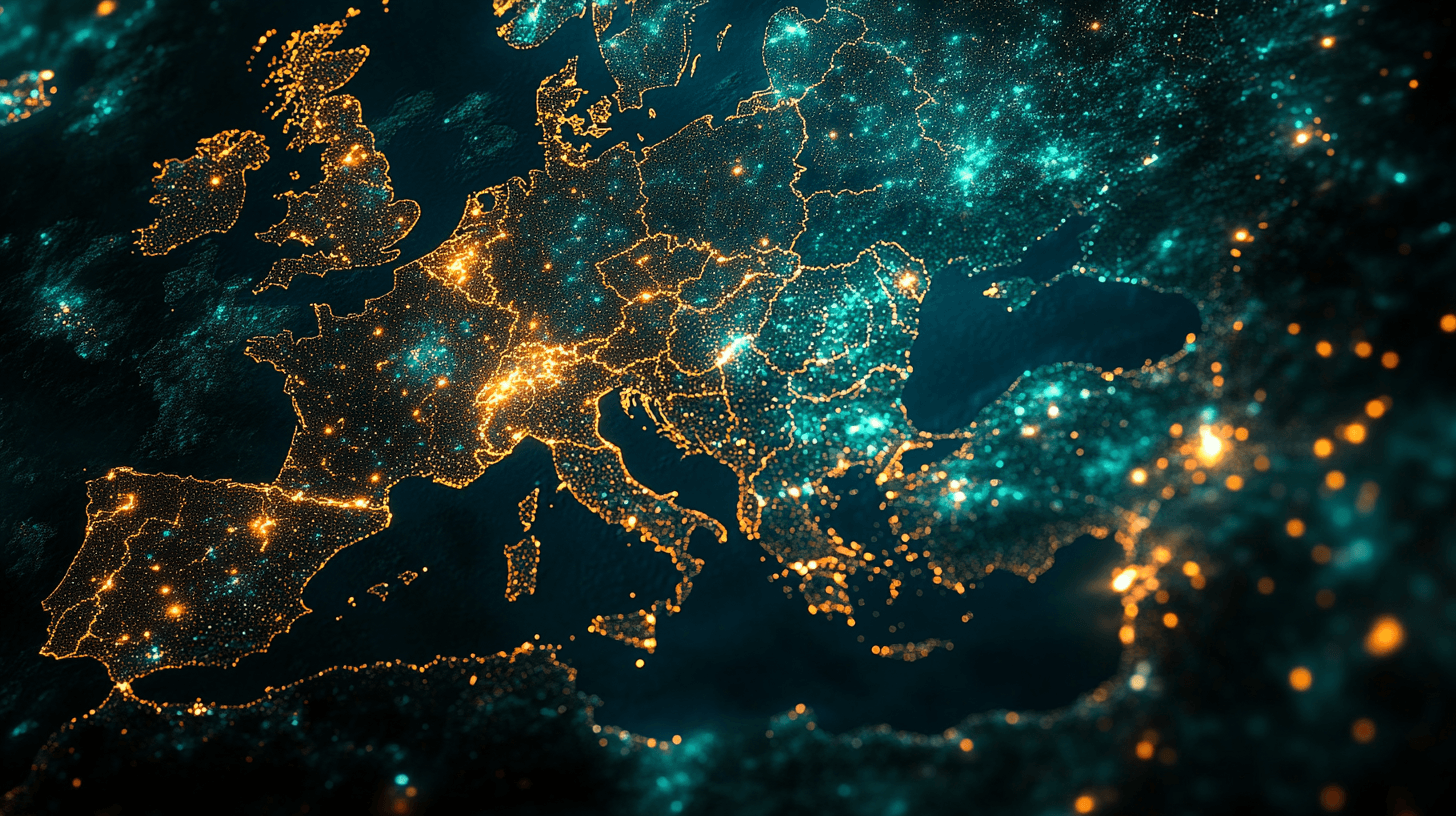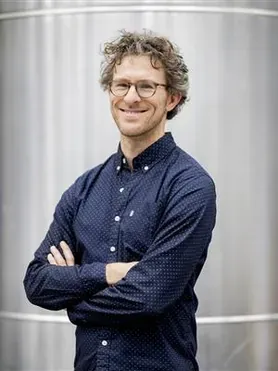Dutch circular economy needs bold action, says PBL report
Dutch circular economy progress is too slow, experts say. Stronger policies could cut reliance on rare materials and drive sustainability.
Published on February 26, 2025
.png&w=2048&q=75)
Mauro swapped Sardinia for Eindhoven and has been an IO+ editor for 3 years. As a GREEN+ expert, he covers the energy transition with data-driven stories.
“The Netherlands is missing opportunities. If we succeed in using materials more economically, the Netherlands can become less dependent on the supply of crucial rare materials that often come from China,” stated Marko Hekkert, director of the Netherlands Environmental Assessment Agency (PBL), commenting the findings of the institute’s Integrated Circular Economy Report (ICER).
The Netherlands aims to halve its use of minerals, metals, and fossil raw materials by 2030 compared to 2016. Although usage has decreased, this is not enough—in 2022, more materials were used than in 2020. As things stand, the 2030 target looks hard to achieve, with the PBL calling for more concrete policy action and giving its recommendations to the government.
“The targets are unrealistic given the current level of action. The report shows what steps need to be taken, and I believe the most serious issue is the quality of policy implementation,” says Benjamin Sprecher. He is an assistant professor at the Delft University of Technology’s Faculty of Industrial Design Engineering.

Behind the Figures
In Behind the Figures, we take a deep dive into numbers. Using charts and graphs, we break down figures and provide context to help you make more sense of them.
Material consumption is not decreasing fast enough
Material usage has decreased slightly since the government released its circular economy strategy in 2016. Two important metrics are direct material input (DMI) and direct material consumption (DMC). DMI represents the total amount of materials used and processed in the Dutch economy–including extraction and imports. DMC is the quantity of materials used in the economy, resulting from DMI minus the exports of raw materials, semi-finished products, and end products.
According to the figures provided by the statistics portal CBS, DMI in 2022 totaled 369 billion kilograms–a minor decrease from 2010, when 385 billion kilograms were used. In this period, the use of metals and biomass grew while that of minerals and fossil energy carriers diminished. DMC remained stable, averaging around 186 billion kilos per year.
What is the value of the Dutch circular economy?
Other CBS data help to understand the scope and current value of the circular economy in the Dutch economy. Since the turn of the century, its contribution has remained steady and limited to slightly over 4% of the Dutch gross domestic product (GDP). The column chart below gives an overview, grouping contributions from different R-strategies–actions to reduce virgin material usage.
Interestingly, while the value added to the Dutch GDP by the circular economy remained stable, more and more people are now working in this sector. In 2001, there were slightly over 250,000 full-time employees in the industry, while in 2022, there were 334,700 workers. The activity with the most employees is repair, which increased over 60,000 job units in this period–although its contribution to the country’s GDP declined.
Making circular alternatives appealing
According to PBL, the government should start giving the right example by paying more attention to its public procurement processes. “That’s indeed a powerful leverage point that is currently barely used,” echoes Sprecher. “The problem is that the civil servants in charge of procurement often don’t know about circular products, as they have always been instructed to care only about price.”
The PBL analysis also proposes measures to support companies producing circular goods. An example is subsidizing circular actions to reduce the price difference between new and recycled products. As with every newcomer, competing with more established players and products is challenging, creating a vicious cycle that, with low demand, doesn’t allow these companies to grow–and even to fail.
“Another reason to do that is to keep European industry competitive. Our economy is being eroded, so we should not let that happen,” the TU Delft professor underlines. Although he is not entirely in favor of simply handing over subsidies, he believes introducing quotas for minimum recycled content and made-in-the-EU would similarly help. To this extent, the draft circulated about the upcoming EU Clean Industrial Deal will introduce such quotas.

Benjamin Sprecher
Assistant professor at the Delft University of Technology
He uses environmental impact data to guide sustainable design and connect product-level decisions to system-wide concepts like the circular economy. His Ph.D. and postdoc research explored critical raw materials and supply chain resilience.
Only the government can change the rules of the game
In addition, PBL researchers touch upon the need to embrace circularity approaches when facing challenges the Netherlands faces, such as the need for housing and the energy transition. The proposed solutions are to top up existing buildings, split homes, and reconvert office spaces into houses.
Per Sprecher, there is only one way to kickstart the transition to a more circular economy. “The government is the only actor that can change the game's rules. The system now works in a way that does not favor circular approaches. The system boundaries need to be changed, only then can innovations accelerate the transition.”
The academic has one last recommendation. “If I were in the government, I would invest in teaching public servants–as well as vocation education students (mbo)--the principles of circular design. This relates to everything from consumer products to bridges and buildings,” he wraps up.
